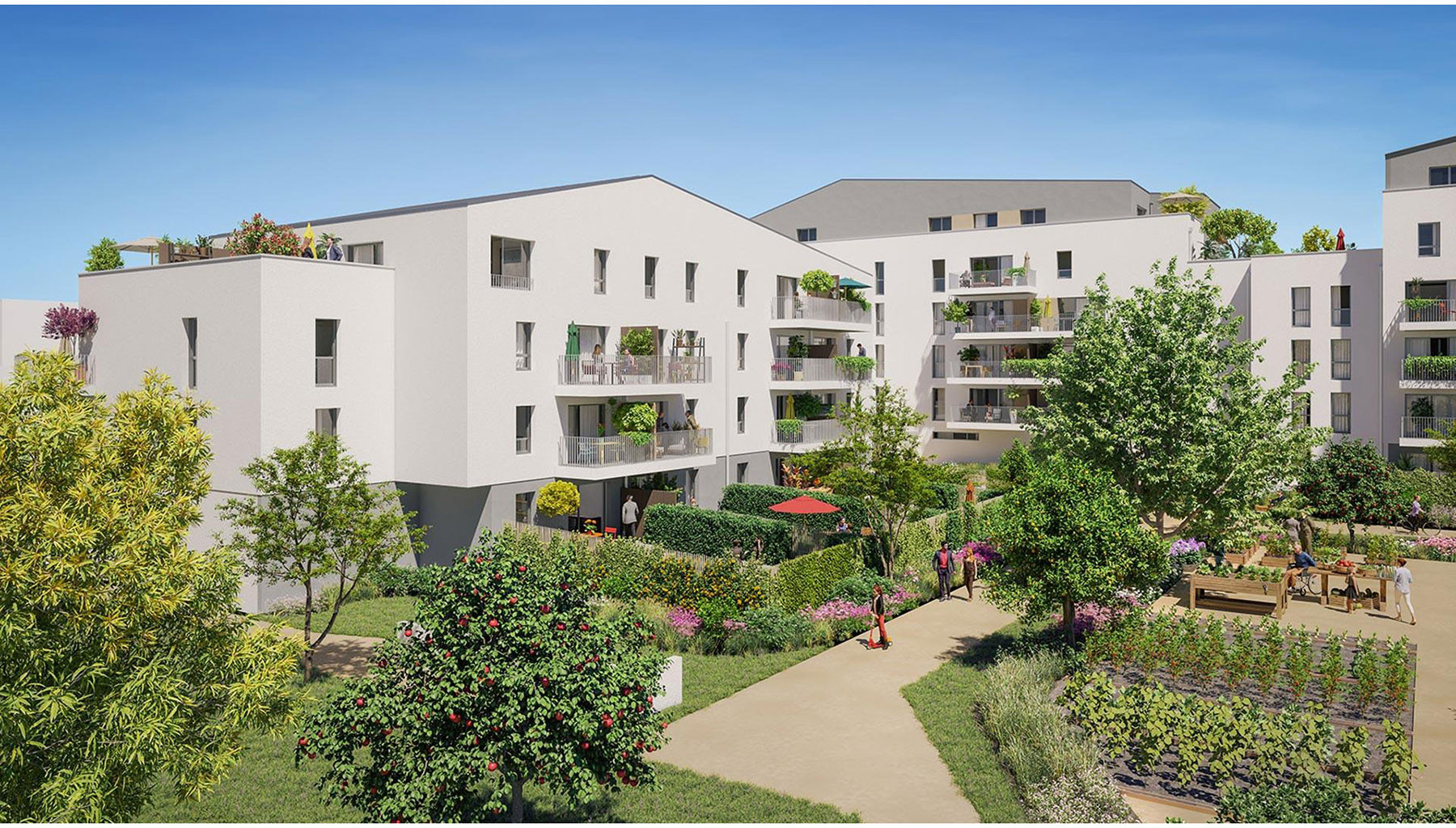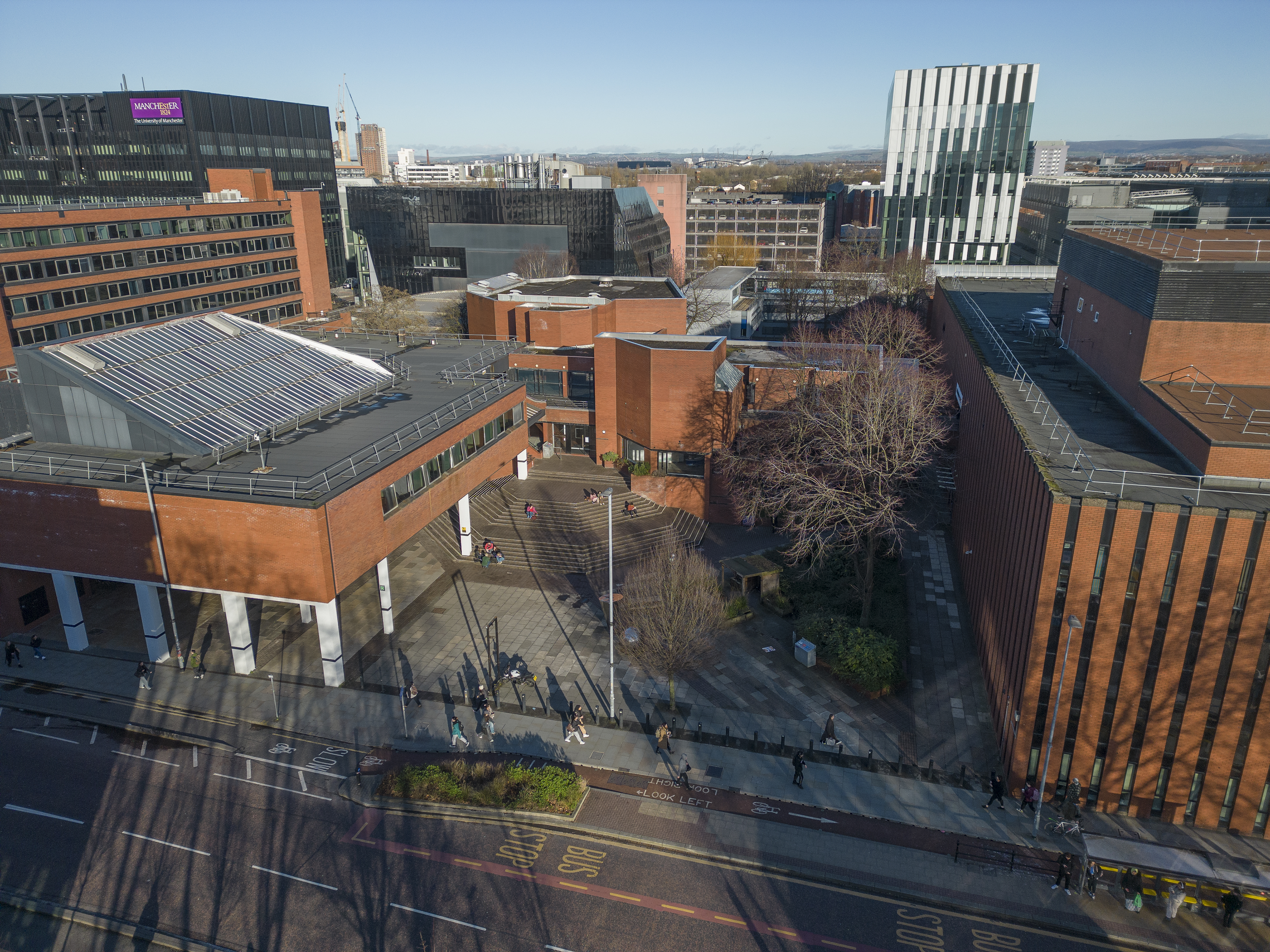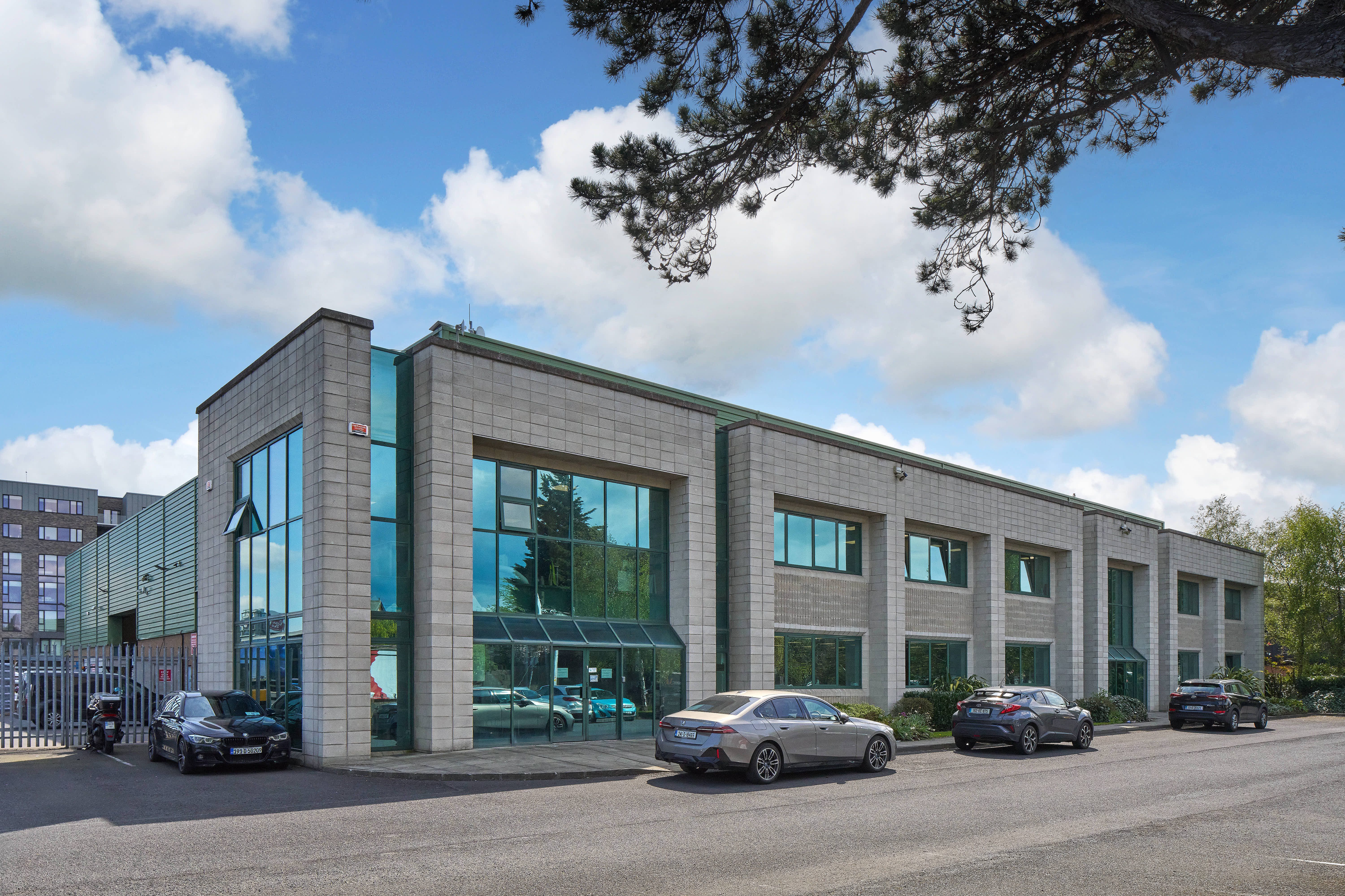How Covid-19 is turning the spotlight on green finance
Green finance for investors and developers could become a long-term feature of real estate lending as Europe emerges from its lockdown.
In a post-Covid-19 world where it’s far from being business as usual, governments and investors are looking to turn disruption into the opportunity to build a greener future.
The European Commission wants to ensure the region’s recovery creates a more sustainable and resilient economy, boosting green investment that integrates climate and environmental risk into the financial system. The commission’s Renewed Sustainable Finance Strategy is part of a €1 trillion package to make the European economy greener by 2030.
Its focus reflects the range of Environmental, Sustainability and Governance (ESG) considerations gaining traction within real estate investment decision-making.
“Covid-19 may have stalled momentum but institutional investors and listed real estate investors with active boards and shareholders to report to remain particularly focused on green finance,” says JLL head of debt and structured finance, International Capital Markets EMEA, Michael Kavanau, who points to vehicles such as M&G Investments’ 2018 debt impact fund.
Prior to the Covid-19 outbreak, Commercial Mortgage Backed Securities (CMBS) and bonds were becoming more popular for larger volumes. Europe’s first green CMBS loan, River Green Finance, was issued by Goldman Sachs earlier this year, underwriting a €183 million loan secured against a Paris office property. The loan was issued under the International Capital Market Association’s Green Loan Principles.
“Green certification is often applied to buildings that are classified as core or prime, or those being built or renovated to core,” Kavanau says. “To get to a point where there is wider use of green finance, lenders will need more help – from a general accepted standard in identifying underlying assets are truly compliant."
Change driven at a local level
While international investors, such as Singapore’s Capitaland, are securing green loans for cross-border portfolios, change is coming from local government efforts. In Germany, the drive to clean up cities by 2030 through more carbon-neutral properties will in turn create more opportunity for lenders to finance green assets, explains Helge Scheunemann, JLL head of research for Germany.
“An increase in the amount of green-certified buildings in German cities is likely,” he says, pointing to a rise in the past five years from five percent to 10 percent.
Looking for more insights? Never miss an update.
The latest news, insights and opportunities from global commercial real estate markets straight to your inbox.
Respondents to the quarterly German Real Estate Finance Index (DIFI) survey by JLL and the ZEW-Leibniz Center for European Economic Research said ESG criteria now has between a medium and a strong influence on decisions around financing property, despite margins and loan-to-value ratios not being heavily impacted by a building’s level of sustainability.
“Around half of those surveyed are focused on green-certified real estate in grade A-locations,” Scheunemann adds. “Long-term ESG considerations are increasingly important priorities in Germany for both borrowers and lenders.”
Across Europe, green loans have been made available to borrowers. Derwent London last year became the first UK REIT to take a green revolving facility with a £300 million tranche of a total £450 million loan from HSBC UK, Barclays and NatWest, classified as green.
ING and Lloyds Bank have also financed provided green finance, with the latter’s commercial banking arm having refinanced a €600 million facility in 2017 for Unibail-Rodamco (prior to its merger with Westfield).
Canadian investor Ivanhoé Cambridge and Natixis Assurances jointly obtained Europe’s first green certification, through the Climate Bond Initiative, a commercial real estate loan for their DUO towers project in Paris from a consortium of French and German banks in 2018.
For major property companies investing in large volumes, green bonds, which can have a positive impact on corporate credit ratings, have been more common. Industrial & logistics specialist Prologis was the first to do so in 2018. Then last year, it raised a further €450 million for its Prologis European Logistics Fund (PELF) via a 10-year green bond issue.
Favourable margins
Momentum could also come more through incentivisation; namely the inclusion of criteria which could work in favour of borrowers and their margins.
The loan margin for French property company Gecina’s €150 million green loan, signed in 2018, from ING is dependent on ESG performance and measured by its rating on the Global Real Estate Sustainability Benchmark (GRESB). Lloyds Bank also brought green credentials into focus as key performance indicators for Unibail-Rodamco-Westfield.
However, Europe’s lending scene continues to face the challenge of how to determine standards.
“As we come out of the current Covid-19 malaise, more structures and standards will need to emerge to support green finance’s growth and appeal,” says Kavanau. “Investors seeing that green paper is priced more favourably, for example, could be a significant game-changer.”
Investment Opportunities
Green assets will have a financial “edge”, he adds, whether that be higher rents, lower cap rates or lower operating costs.
“It’s considerable future-proofing that will make them more attractive to tenants, owners and therefore lenders. Above all, the underlying asset needs to comply – and we’re not quite there yet.”
Contact Michael Kavanau
Head of debt and structured finance, International Capital Markets EMEA, JLLWhat’s your investment ambition?
Uncover opportunities and capital sources all over the world and discover how we can help you achieve your investment goals.




